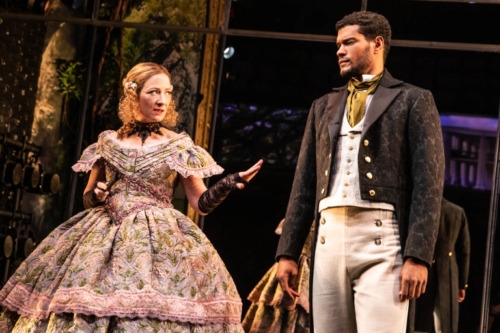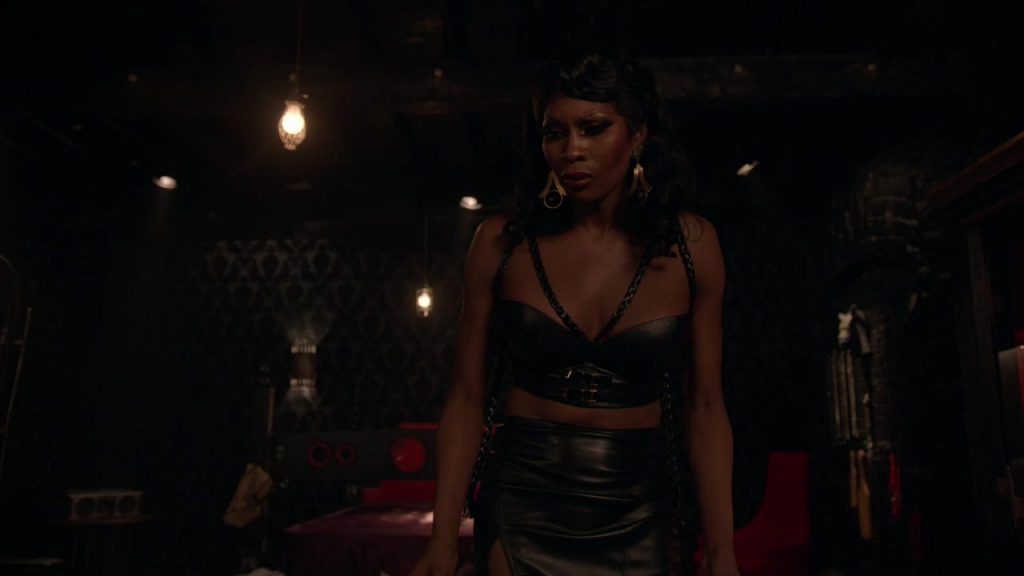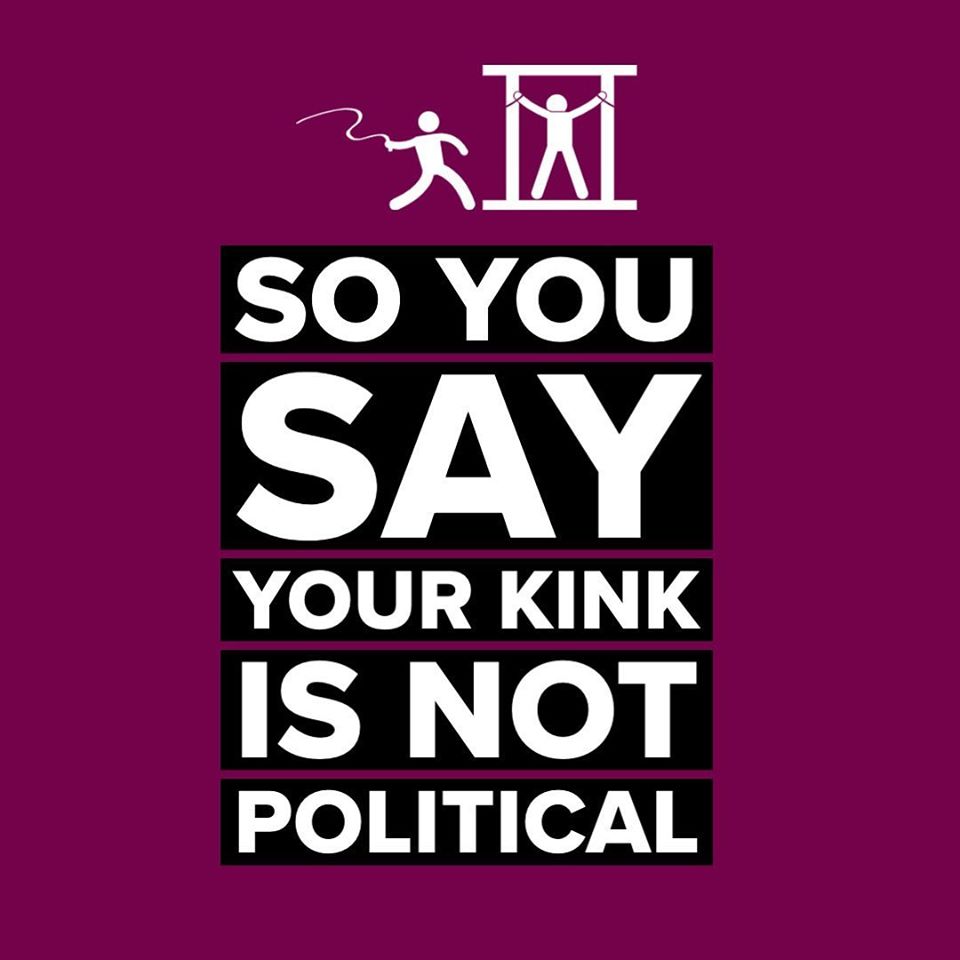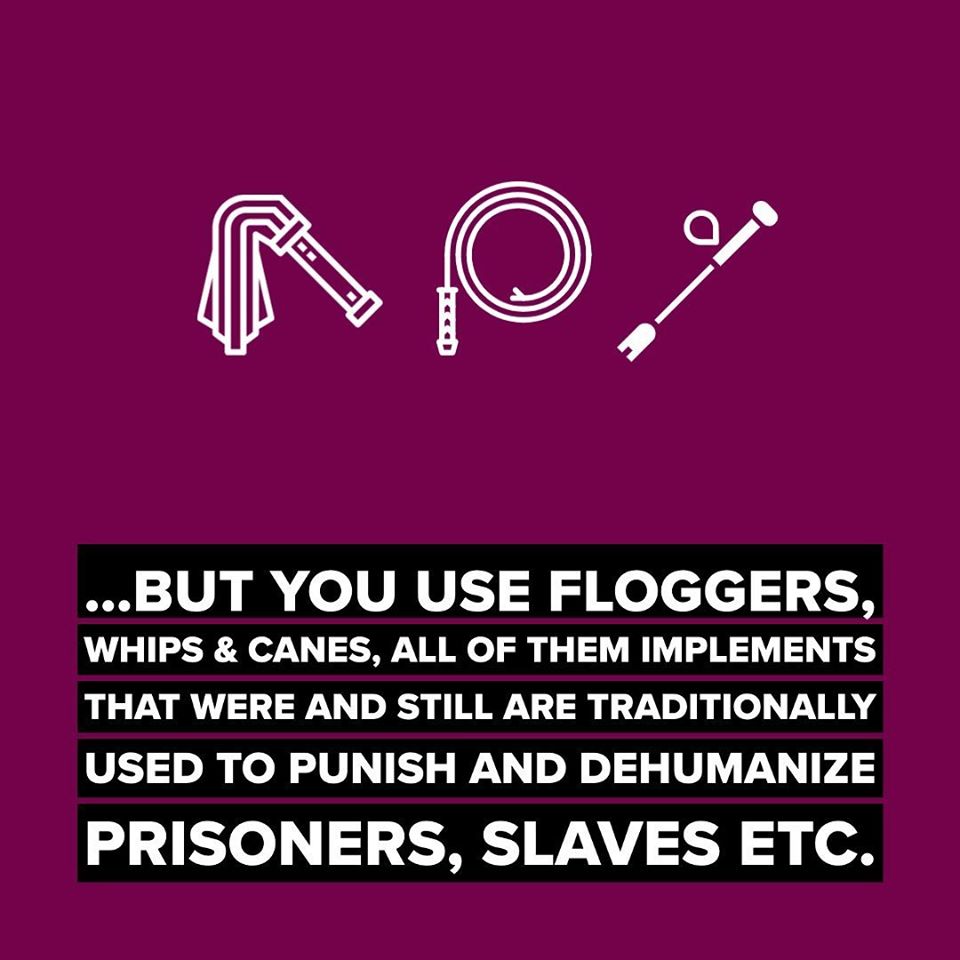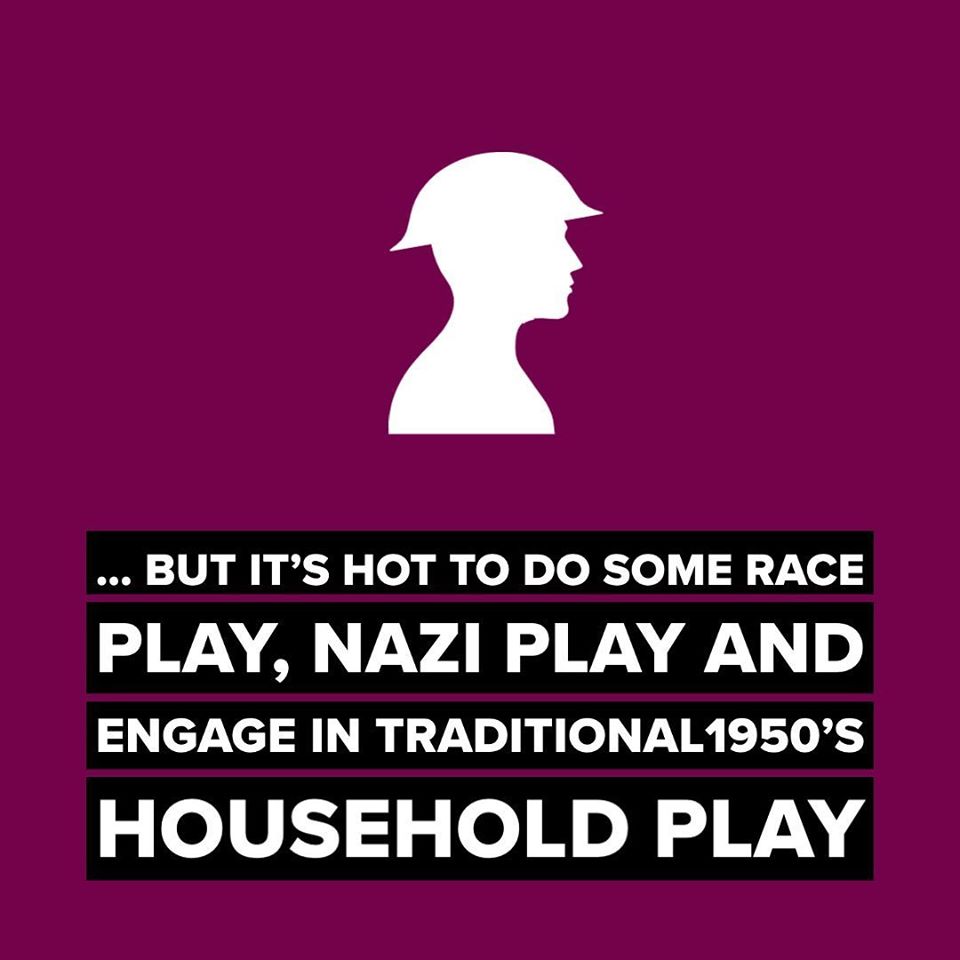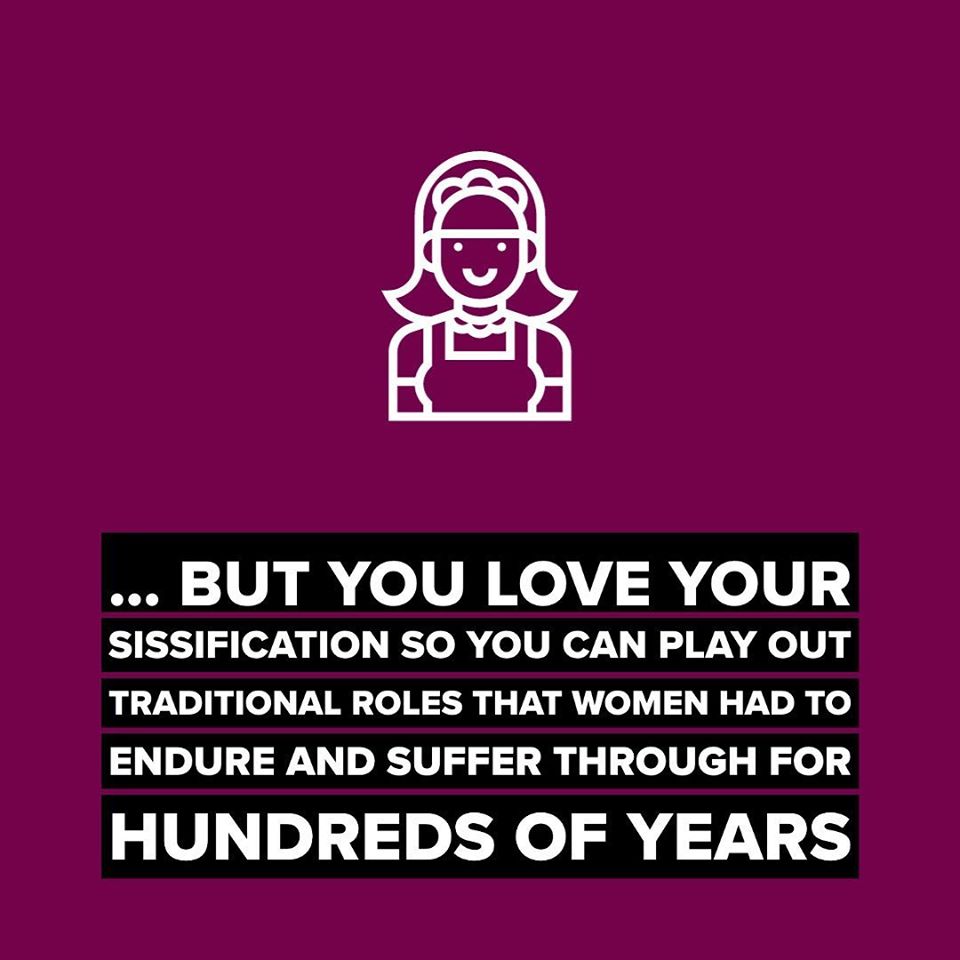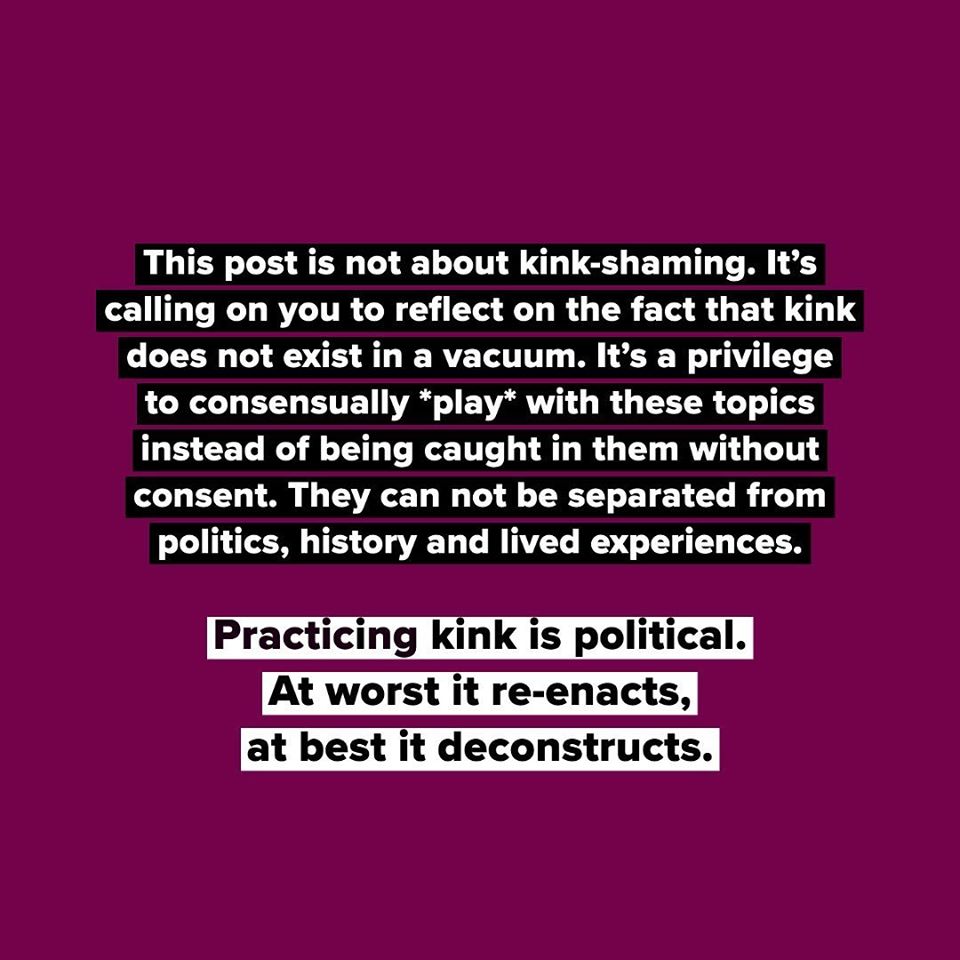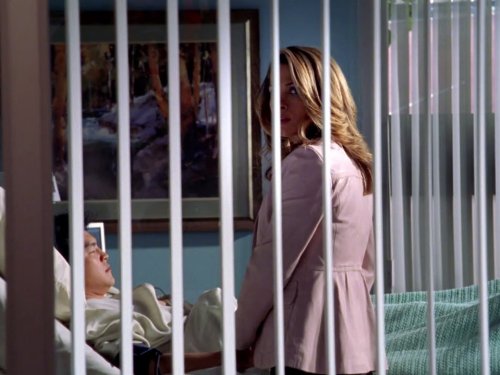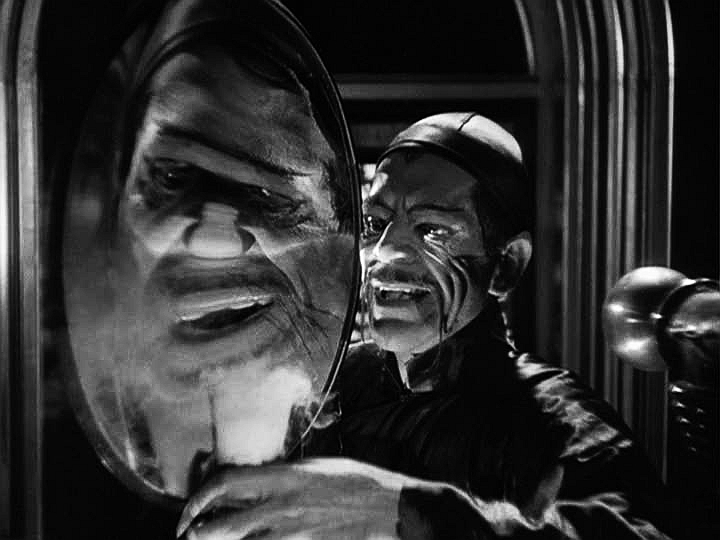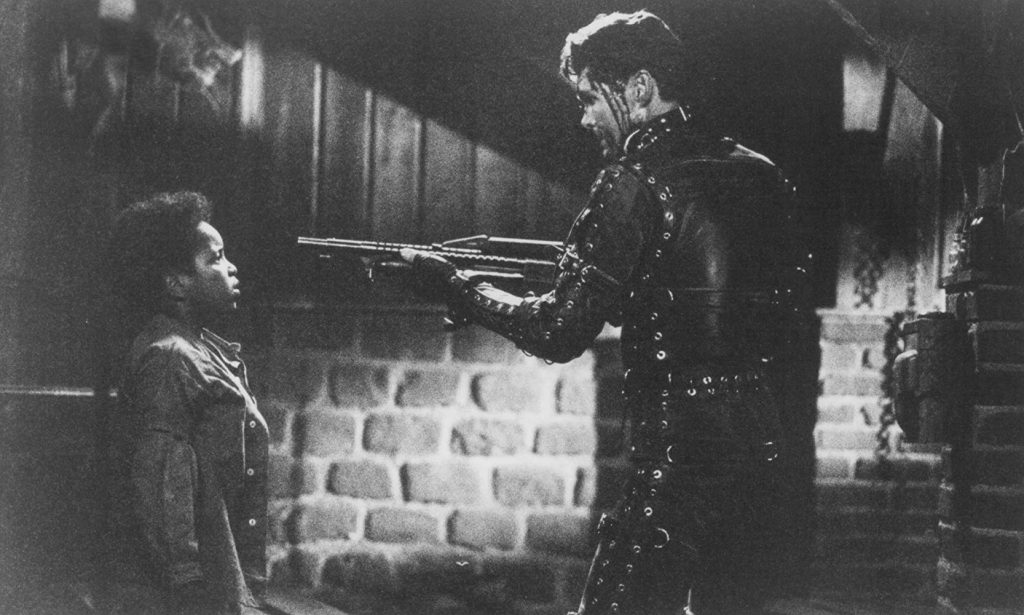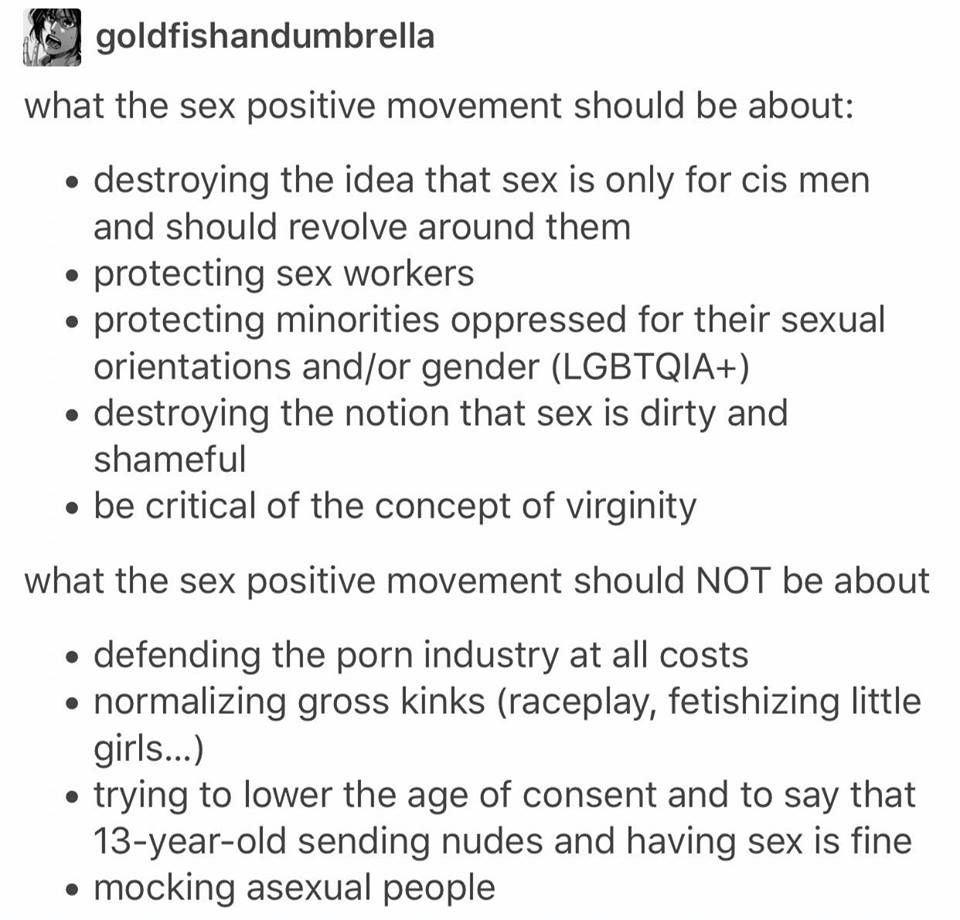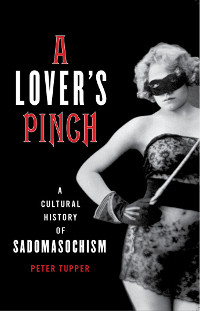
Roman Scandals is a 1933 American musical comedy, pre-Hays Code film. Eddie Cantor stars as Eddie, an oddball handyman in the present-day, corruptly governed town of West Rome. Without explanation, Eddie is transported back to ancient Rome and gets tangled up in a plot to kill the corrupt Emperor.
For our purposes, it’s noteworthy for two of the musical set-pieces, both designed by Busby Berkeley, famed for his production numbers involving vast arrays of women in identical, often fetishistic costumes.
The first is an elaborate dance number set at the Roman slave market. Women, naked but for long blonde wigs, are chained to walls. Other, brunette women do synchronized dances in scanty outfits on a tiered display like a giant wedding cake. Reptilian-looking men in the crowd eye the captive women. One of the brunette women is dragged to the top of the display, and then jumps off and dies, ending the number.
Continue reading »